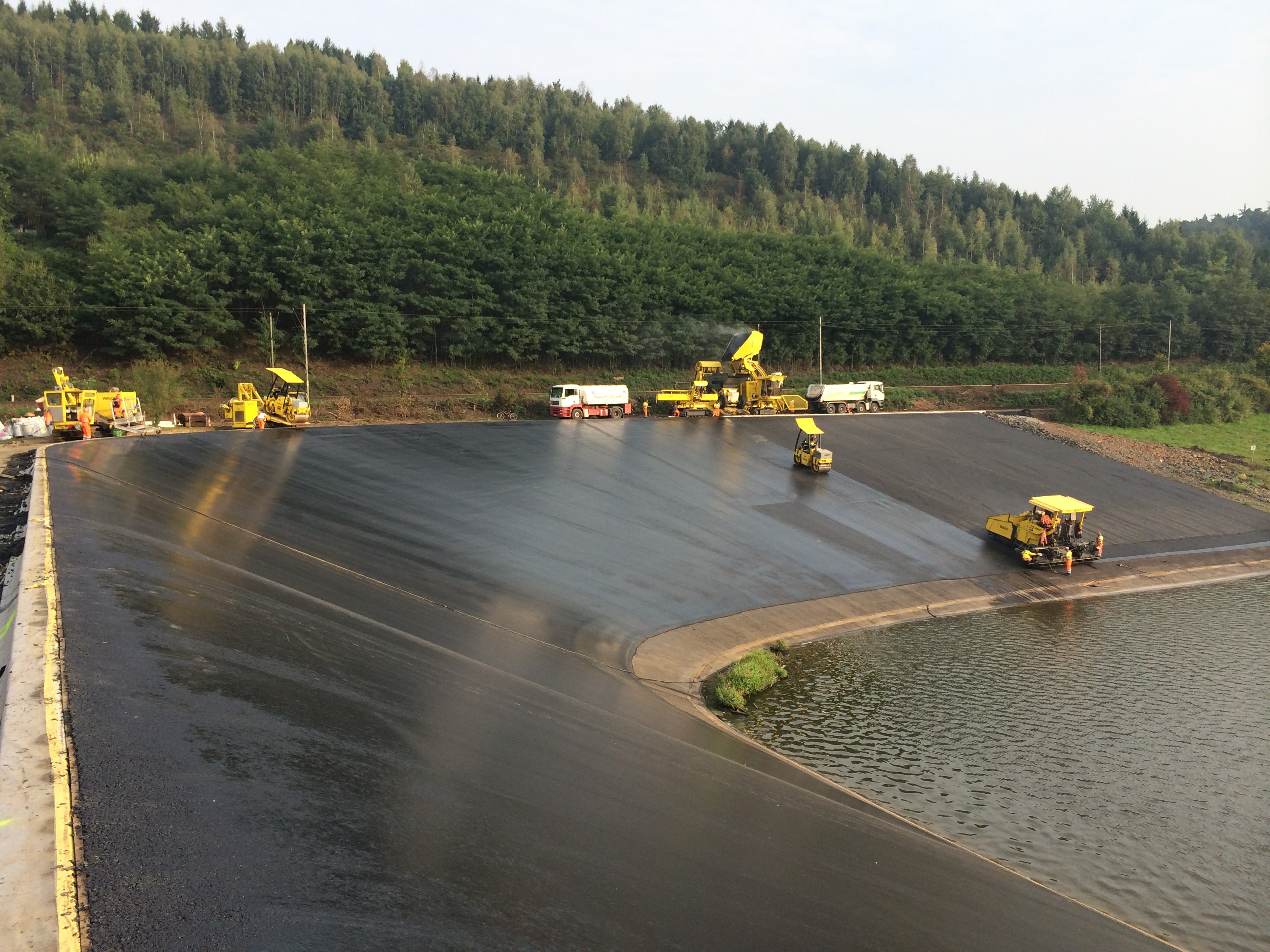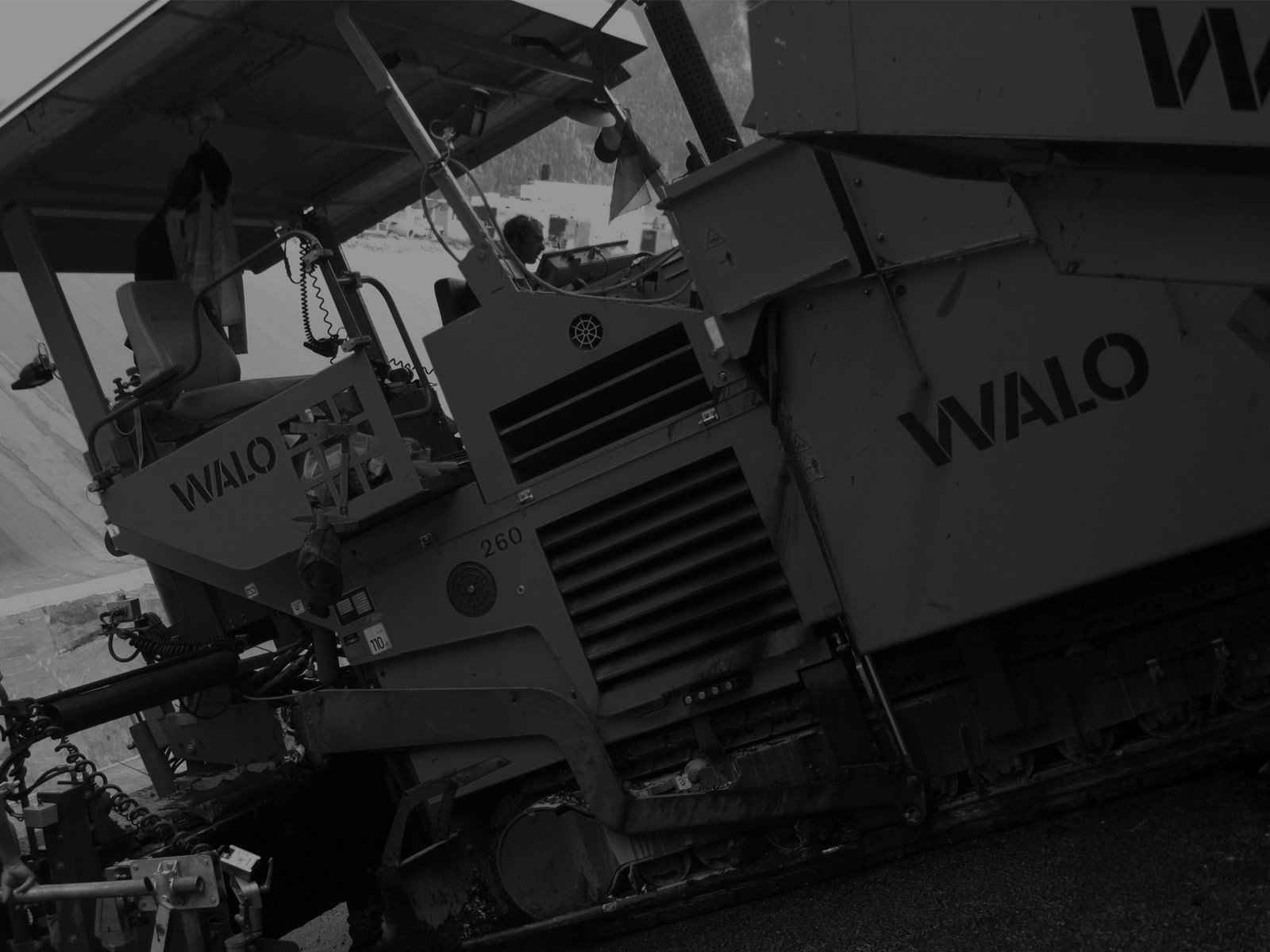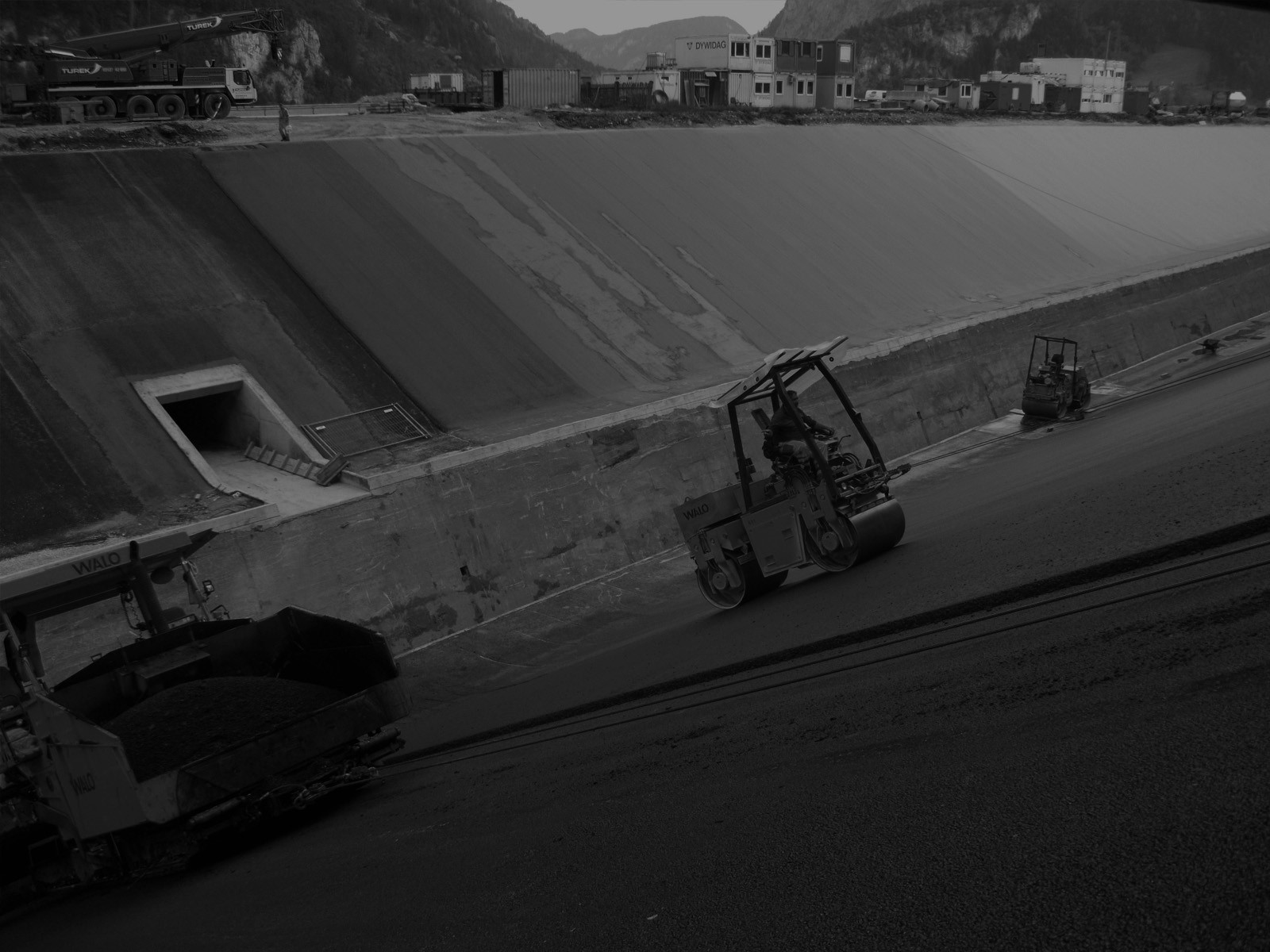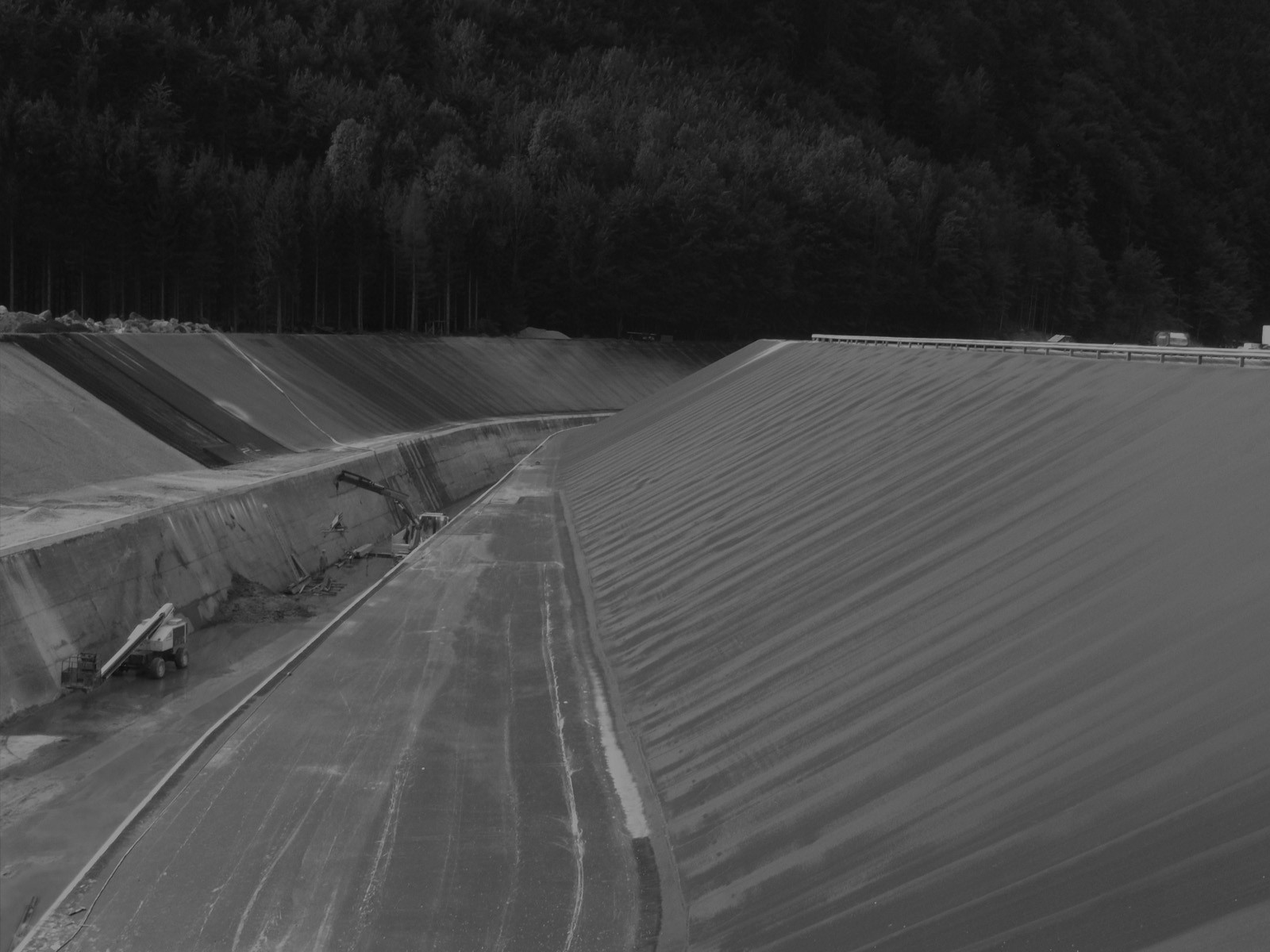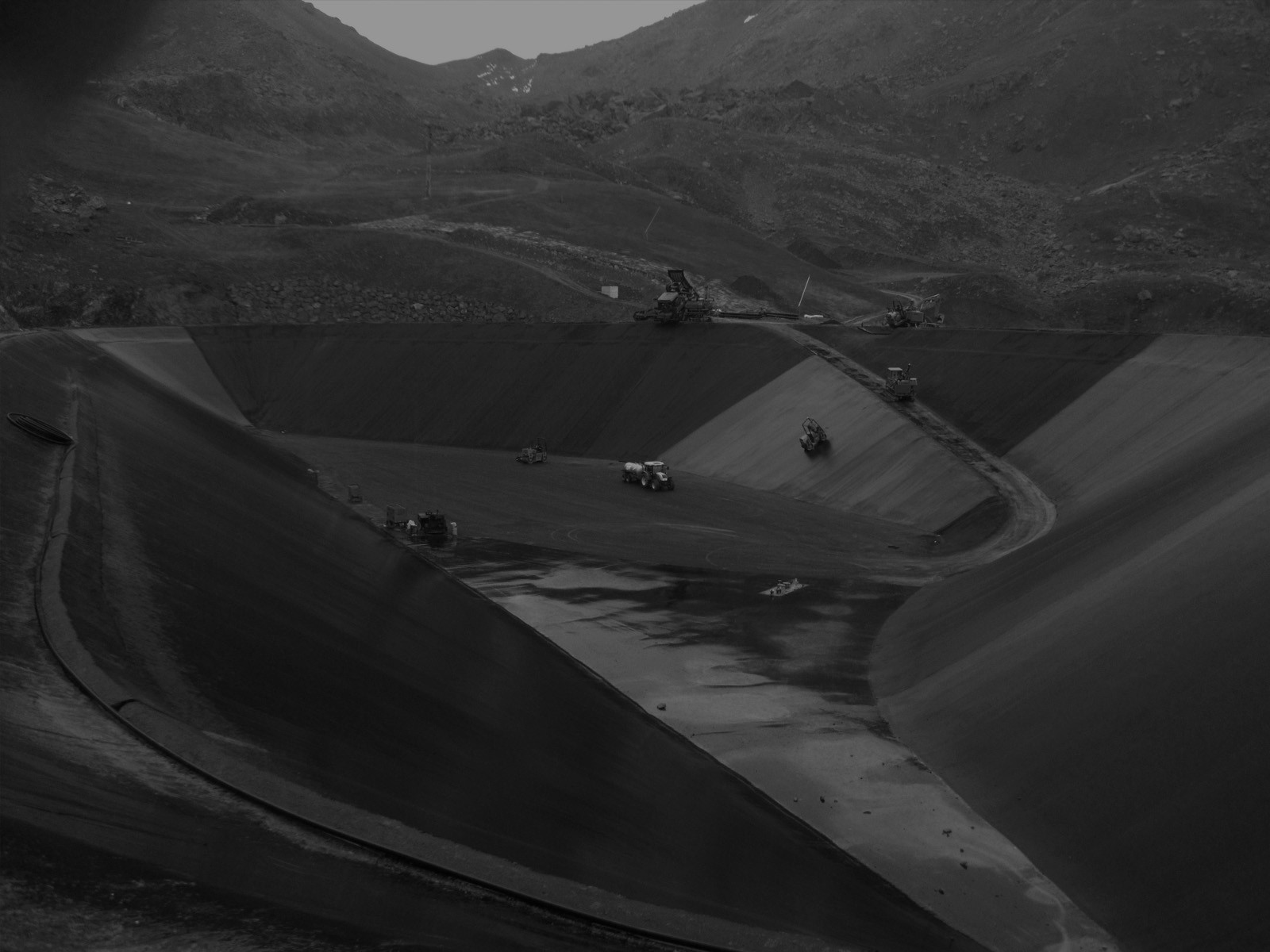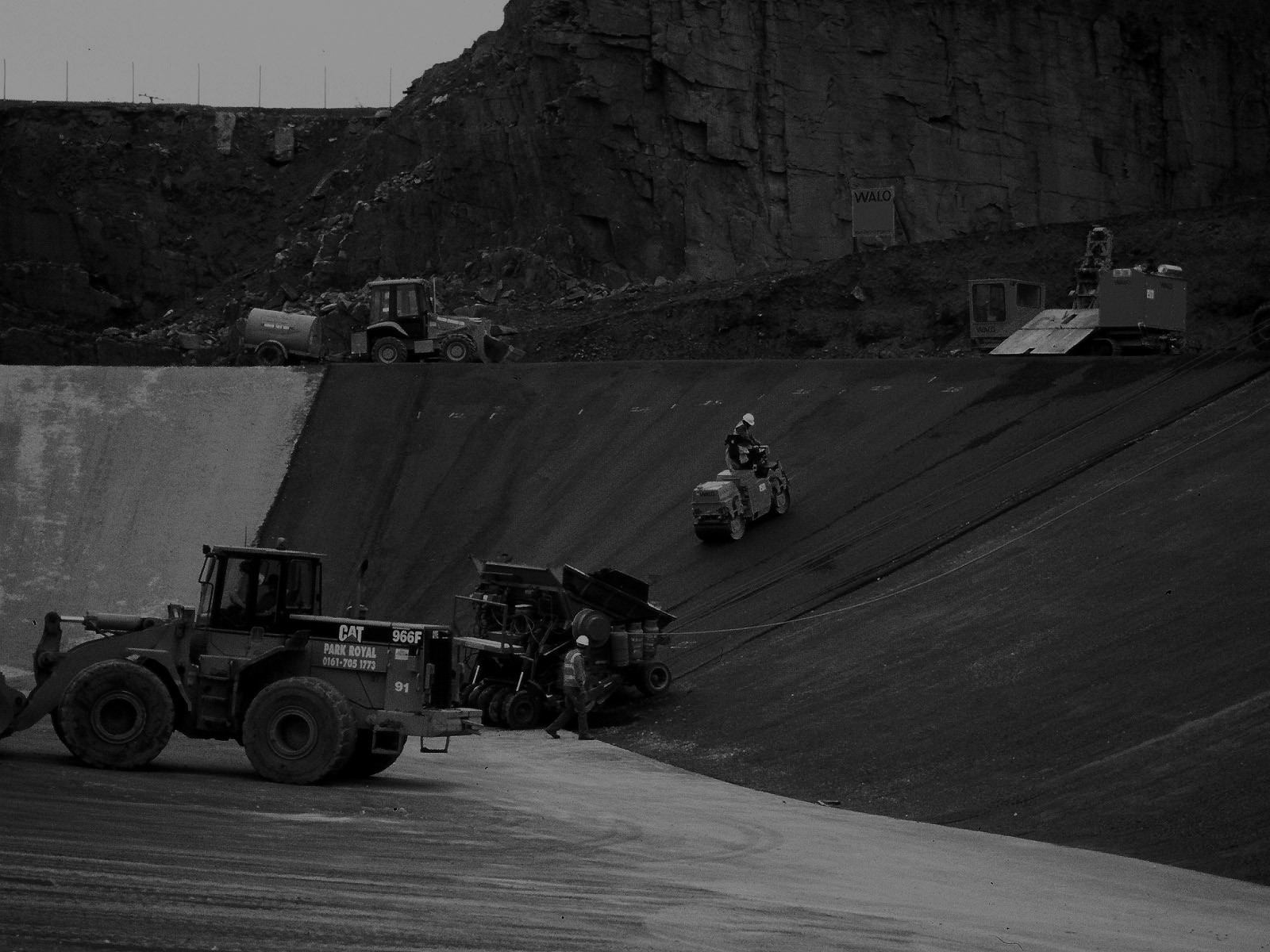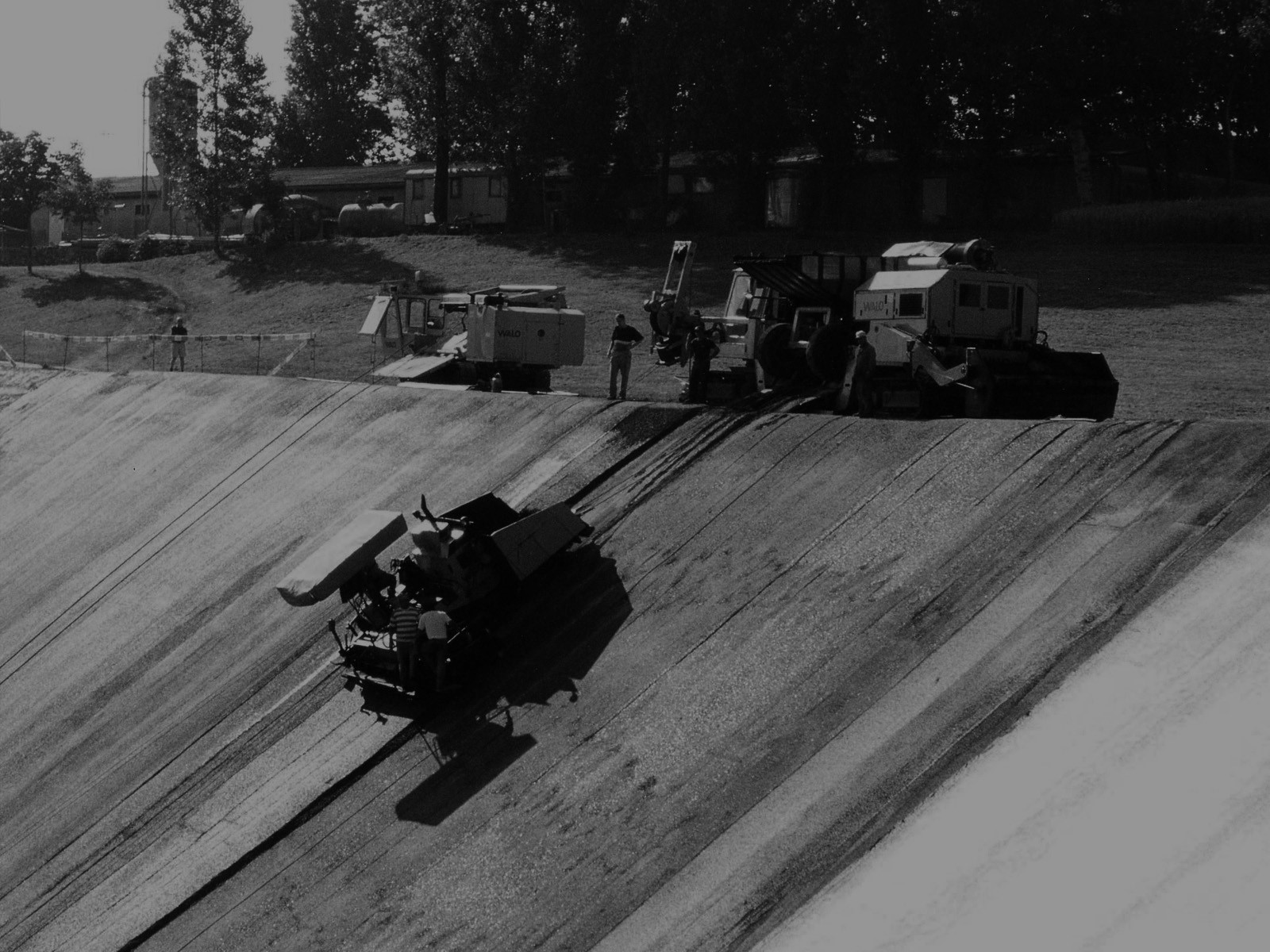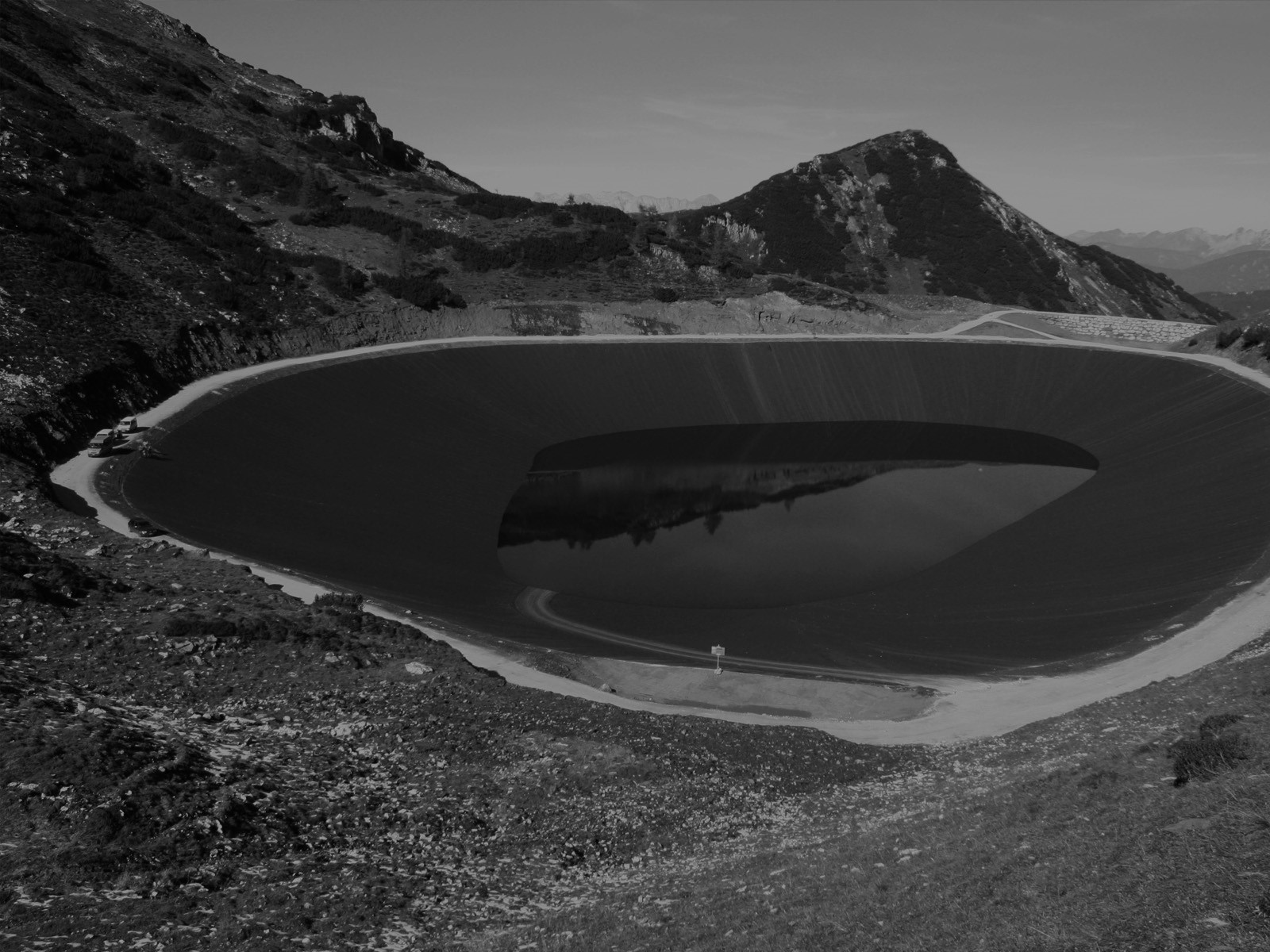REHABILITATION OF KINZIG DAM
The Kinzig Dam (built in 1976 -1981) is located in the Main-Kinzig area, east of Frankfurt, Germany. The dam is part of a flood protection scheme and also functions as a small HEP station and a recreation facility, being a popular destination for fishing, cycling and walking.
A regular inspection had revealed cracks in the asphalt lining and damage to the mastic protection layer. The monitoring system and the connection between the dam facing and crest also needed modernising.
Dense asphaltic concrete is dense, durable, flexible and robust enough to resist mechanical, chemical or biological attack. It is also safe for humans, fauna or flora, making it ideal for dam lining. However, like any other structure, after decades of operation, maintenance and rehabilitation will be needed.
Experience has shown that bituminous linings in basal areas or areas permanently under water do not show any signs of ageing. The ‘water exchange zone’ - the area where the water changes height - is the area which over time may become weathered. This was the situation at the Kinzig Dam so just the upper part of the dam and the surface of the dam face needed rehabilitation.
The Kinzig Dam crest is 550 m long and the area of the slope to be rehabilitated ranged from 20 to 35 m long, with an area of 5,200 m2 and an incline of 1:2 to 1:4.
The dam’s flood protection function had to be maintained throughout the works, which needed to be carried out above water. This meant the time between the existing lining being partially removed and the new DAC layer installed, was limited to just one week, depending on stable, favourable weather conditions. Precautions also had to be taken to prevent any contamination of the water from milled material falling into it. The clients also decided to improve the installation by re-shaping the crest area to reduce future maintenance costs.
Metal barriers were installed on the slope surface to channel surface water into lateral sumps and to prevent milled material falling into the water. Oil barriers were also placed in the water to prevent any possible contamination. The milled material contained PAH (Polycyclic Aromatic Hydrocarbons) so special safety precautions had to be undertaken for the workers and at the milling machine.
A milling machine especially constructed for working on steep slopes, secured by a large winch, milled off the top 40 mm of the impermeable layer, leaving 40 mm dense asphalt for flood protection. The milled material was taken via a conveyor belt to the top of the dam crest where it was bagged and then safely disposed of.
A new 100 mm bituminous drainage layer and a new 70 mm DAC layer were installed onto the existing lining system using a slope paver. All the machines were supported by winches. After milling off the complete DAC liner at the dam toe, the new drainage and dense layers were installed – all the works were completed in just four days due to thorough preparation and specialist skills.
The dam now has a ‘controlled lining system’ according to the technical requirements. This means that if the top seal is damaged and water manages to leak through, it will run down a second seal to the bottom of the dam which will not cause further damage. The spillway and crest joint constructions were also re-constructed and a new mastic coat applied.
